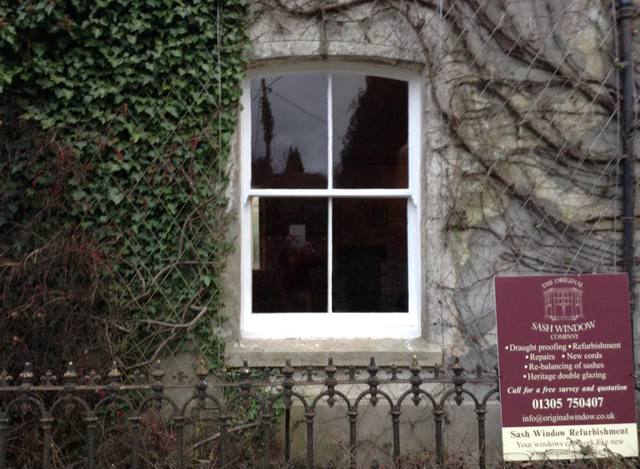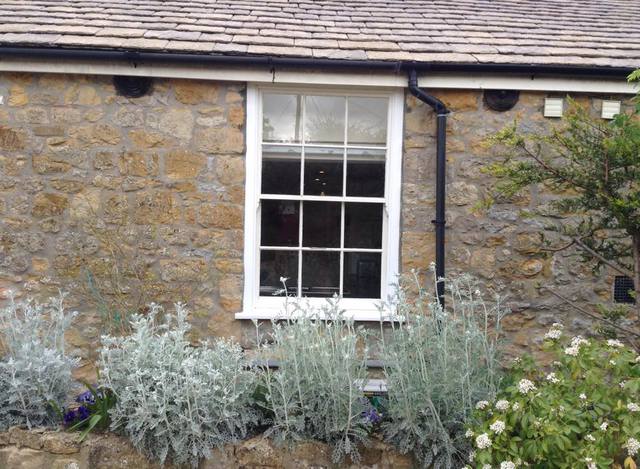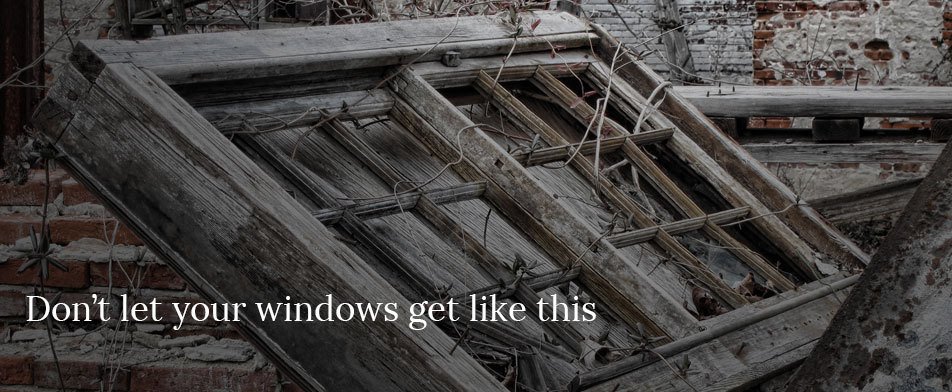About
The origins of the vertical sliding sash window are the source of much debate, with the earliest, in a very primitive form dating back to Europe in the 13th Century as little more than a vertical timber sliding shutter.
Although the word ‘sash’ is actually derived from the French chassis meaning a frame, there’s little argument that the sash window is traditionally British and closely associated with our Georgian, Victorian and Edwardian architecture.
In fact, many conservation historians believe that the design is probably derived from the simple horizontal sliding sash, more commonly known as the Yorkshire Sash.
The earliest known use of sash windows in this country was in the later part of the 17th Century at Chatsworth, Ham House, Hampton Court Palace and Kensington Palace.
Royal patronage and Sir Christopher Wren’s endorsement made sash windows highly fashionable in both old and new buildings, and they represented something of a status symbol.
People who could afford these new sash windows ruthlessly cut out their leaded light windows, which explains why so many larger 16th and 17th Century houses have early 18th Century windows.
The Georgian period embraced sash window design, improving it from a single moving sash with the top being fixed to the more familiar system of two movable sashes. Oak was the common timber used for construction, with thick glazing bars to hold the small, valuable crown glass panes, made by blowing. As glass manufacture improved, larger panes started to appear and the ‘classic’ Georgian design consisting of six over six panes, with narrow glazing bars became the norm.


For the Victorians, box sash windows were a central focus to the character of their buildings with a focus on ornamentation and decoration inside and outside their homes. Curved horns, multi-arched heads, intricate mouldings, leaded lights and latticework started to appear in the sashes, which were often grouped into impressive bays and offset with ornate stone reveals. Graduating the size of windows from the ground upwards not only improved the perspective but also increased the amount of light to the lower rooms.
By the turn of the century the sash was the most popular form of window, but after the First World War, this trend started to decline – many believe this was due to the higher labour costs compared with mass produced simple wooden casement. Fortunately though, in recent decades this decline has started to reverse with a growing appreciation of conservation, heritage and craftsmanship



